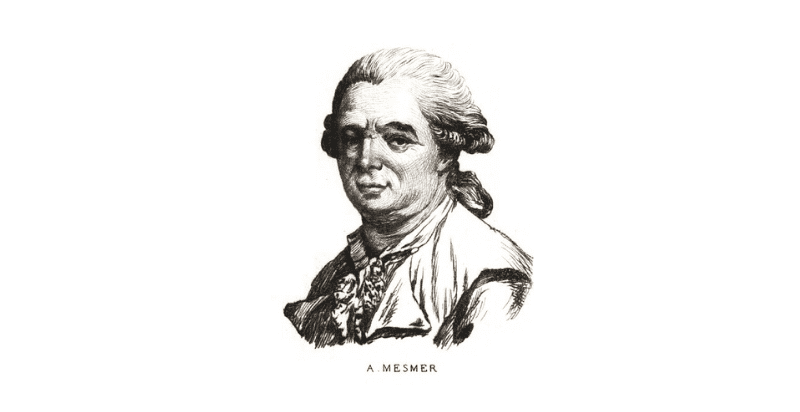Franz Anton Mesmer was a German physician born in 1734, who is best known for his theory of “animal magnetism” and his therapeutic system called mesmerism, which later evolved into the modern practice of hypnotism. Mesmer’s interest in astronomy led him to theorize the existence of a natural energy transfer occurring between all animate and inanimate objects, a phenomenon that captured the attention of both scientific and lay audiences of the time.
Raised in a modest environment in Iznang, Swabia, Mesmer initially pursued theology before turning to medicine in 1759. Throughout his career, he continued to explore the relationship between energy, healing, and the human body, leading him to develop mesmerism as a medical practice.
Despite facing skepticism and controversy, Mesmer’s theories and methods would ultimately inspire further research in the field of hypnotism and contribute to our understanding of the mind-body connection.
Early Life and Education
Iznang and Swabia
Franz Anton Mesmer was born on May 23, 1734, in the small village of Iznang, located in the Swabia region of southern Germany. He was the third of nine children born to Anton Mesmer, a forest warden employed by the Archbishop of Konstanz, and Maria Ursula Michel, a locksmith’s daughter.
Mesmer spent his childhood immersed in the natural beauty of the region, which would later influence his understanding of the interconnectedness of all living things.
University of Vienna
Mesmer enrolled at the University of Vienna after completing his studies at a monastery and various Jesuit schools. It was at the university that he developed an interest in astronomy and the natural sciences. He also studied medicine and eventually earned his doctorate in 1766.
Influence of Paracelsus and Others
During his time at the university, Mesmer was greatly influenced by the ideas of Paracelsus, a Swiss physician and alchemist who believed in the existence of a “universal fluid” that could be manipulated to bring about healing. Mesmer was also inspired by the works of prominent scientists like Maximilian Hell, an Austrian astronomer, and Richard Mead, an English physician. These influences laid the foundation for Mesmer’s later theories on animal magnetism and the practice of mesmerism.
Mesmer’s profound interest in astronomy and natural sciences, combined with the ideas of his intellectual influences, led him to propose the existence of a natural energy transference occurring between all animated and inanimate objects. This energy, which he called “animal magnetism,” would eventually become the basis for his system of therapeutics and the forerunner of modern hypnotism.
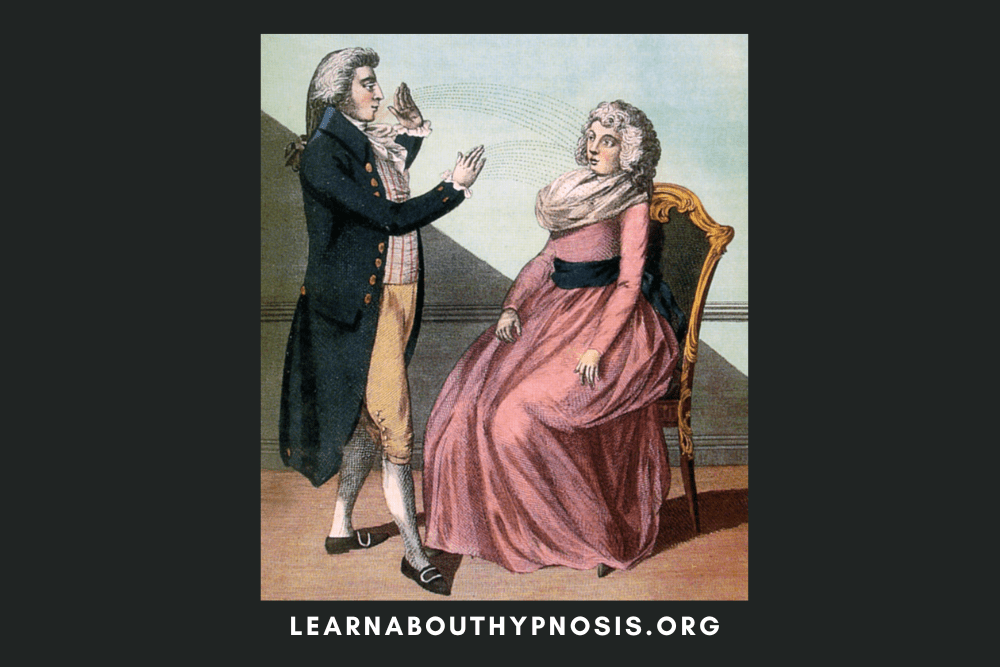
Animal Magnetism and Mesmerism
Discovery and Origins
Franz Anton Mesmer, a German physician, developed the concept of Animal Magnetism, also known as Mesmerism, in the 18th century. Mesmer believed in an invisible natural force, which he called Lebensmagnetismus, present in all living things, including humans, animals, and vegetables.
He posited that this force was responsible for maintaining health in the human body, enabling the flow of magnetic fluids through the body, and affecting various physiological processes. Mesmer’s ideas were influenced by earlier thinkers, such as the alchemist Paracelsus and Isaac Newton’s theories on the gravitational effects of celestial bodies on Earth’s tides.
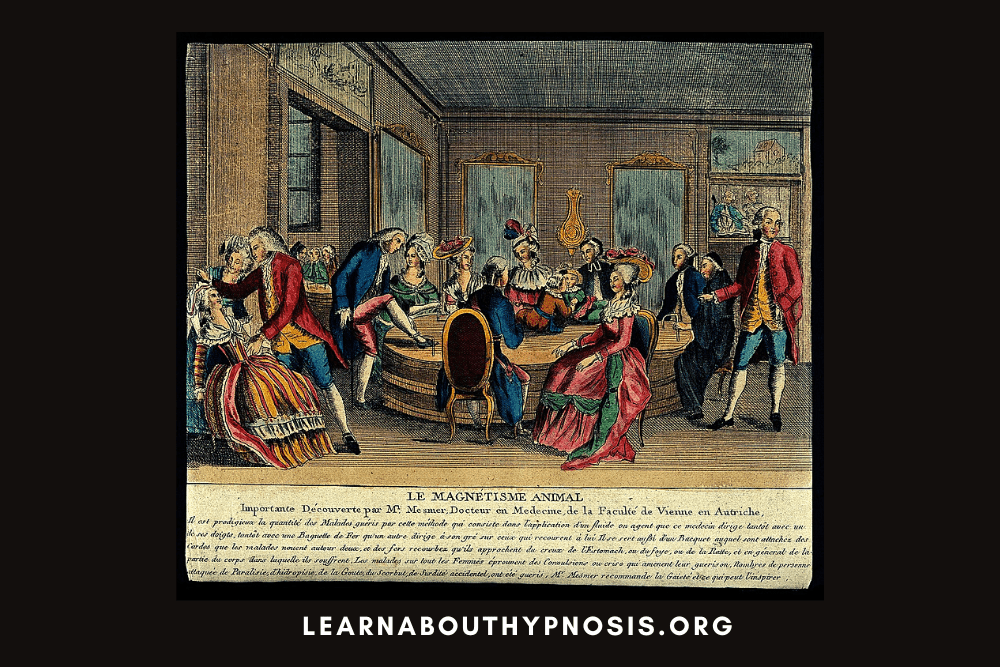
Baquet and Magnetic Fluid
Mesmer believed that illnesses were the result of an imbalance or blockage in the flow of magnetic fluid within the human body. He considered that this fluid could be manipulated to restore health, using an apparatus called a Baquet.
The Baquet was a large vat filled with magnetized water, iron filings, and glass or iron rods. Patients would sit around the Baquet and hold onto the rods, which would channel the magnetic fluid towards their bodies, aiming to balance their internal fluids and alleviate symptoms.
Mesmer’s Techniques
Mesmer’s techniques involved creating an environment that would induce a deep, hypnotic state in the patient, allowing them to be more receptive to the flow of magnetic fluid. He would perform gestures or pass objects like iron rods over patients’ bodies to manipulate their magnetic fluids, while music, dim lighting, and incense added to the atmosphere.
Some patients reported experiencing convulsions, which Mesmer believed indicated that the treatment was working. However, skeptics, including Antoine Lavoisier and the Royal Commission, accused Mesmer of being a charlatan and exploiting the power of suggestion.
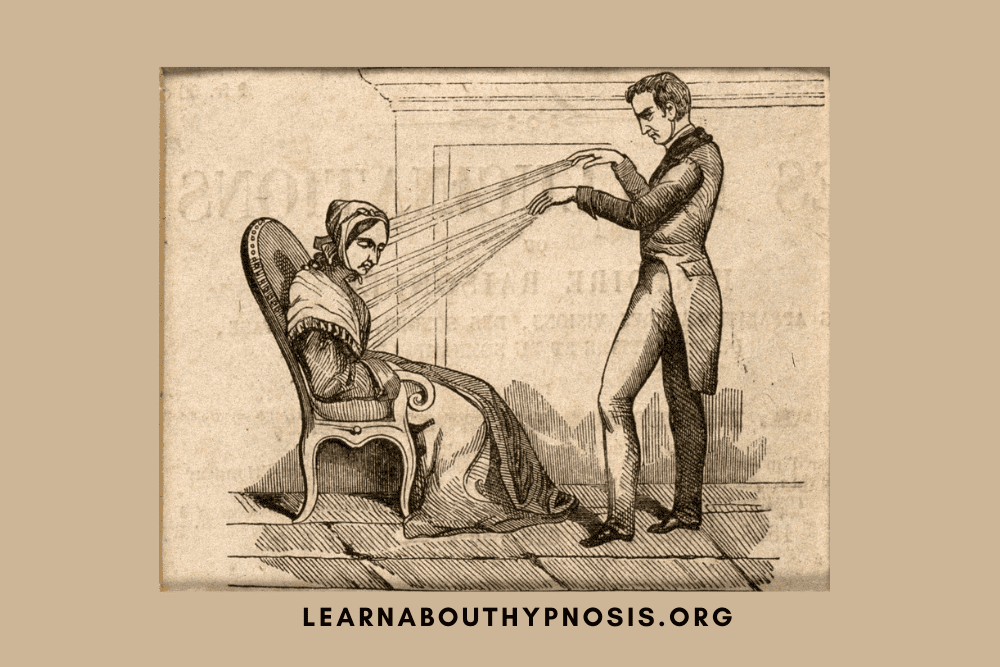
Despite these criticisms, Mesmer’s ideas have had a lasting impact, giving rise to the concept of hypnosis; James Braid, a Scottish surgeon, further developed this field using his knowledge of neuroscience and psychology.
Mesmer’s theories on animal magnetism and the magnetic fluid were eventually debunked and fell out of favor. Nonetheless, they marked an important milestone in the understanding of the mind-body relationship and the power of suggestion in medicine.
Notable Cases and Controversies
Maria Theresia von Paradis
One of Franz Anton Mesmer’s most well-known cases occurred during his time in Vienna when he treated Maria Theresia von Paradis, a blind pianist and singer.
Mesmer claimed to have partially restored her vision using his treatment, which involved animal magnetism and eliminating her dependence on the glass harmonica. However, when word got out that Mesmer had not cured her as he claimed and some reports of inappropriate touching surfaced, a scandal erupted, and Mesmer fled to Paris in 1778.
Royal Commission Investigation
As Mesmer’s fame and practice grew in Paris, so did the skepticism and concerns from the medical establishment. At the request of King Louis XVI, a royal commission led by Benjamin Franklin and comprised of scientists from the Academy of Sciences, the Faculty of Medicine, and the Society of Medicine, was formed in 1784 to investigate Mesmer’s techniques.
The Royal Commission conducted a blind trial on Mesmer’s practices and concluded that animal magnetism did not have any therapeutic value, and the physical effects of Mesmer’s treatments could be attributed to the power of suggestion. This setback seriously damaged Mesmer’s reputation, with many labelling him as a charlatan.
Place Vendôme Incident
In spite of the controversy surrounding his methods, Mesmer continued practicing and teaching his theories on animal magnetism. One notable incident occurred in 1789 at Place Vendôme, where Mesmer and his followers set up a large tub filled with water, holding hands and creating a human chain around it. As people approached the tub, they experienced uncontrollable convulsions supposedly induced by Mesmer’s animal magnetism.
Although Franz Anton Mesmer’s practices and theories faced numerous controversies and skepticism, his work laid the foundation for modern hypnotism and sparked further interest in the power of suggestion and the human mind.
Legacy and Influence on Later Theories of Hypnosis
Hypnotism and Hypnotherapy
Franz Anton Mesmer’s system of therapeutics, known as mesmerism, was the forerunner of the modern practice of hypnotism. His theory attracted a wide following between approximately 1780 and 1850, and continued to have influence until the end of the 19th century.
In 1843, the Scottish doctor James Braid proposed the term “hypnotism” for a technique derived from animal magnetism. Today, the word “mesmerism” generally functions as a synonym of “hypnosis.” Mesmer’s techniques were passed along through the French neurologist Jean-Martin Charcot to another, later Viennese doctor with a materialist theory of mind, Sigmund Freud.
Ideas in Literature and Music
Mesmer’s work and ideas had a significant impact on the world of literature and music. The concept of mesmerism influenced many Romantic authors, who wrote about characters with hypnotic powers or under the spell of a magnetic force.
It was prevalent in the works of authors such as Edgar Allan Poe and Nathaniel Hawthorne. In music, mesmerism inspired many composers, including Ludwig van Beethoven, who dedicated a piece to Mesmer, and Richard Wagner, who used themes of hypnotic power in his operas.
Scientific Ideas and Critiques
While Mesmer’s theories were popular during his time, they were also met with skepticism and criticism. Many scientists and critics of the time questioned the validity of animal magnetism and the mechanisms behind it.
Despite the controversy, Mesmer’s ideas laid the groundwork for further research into the power of suggestibility and the connection between the human mind and body. This led to the development of modern hypnotherapy and the understanding of the psychological aspects of human behavior.
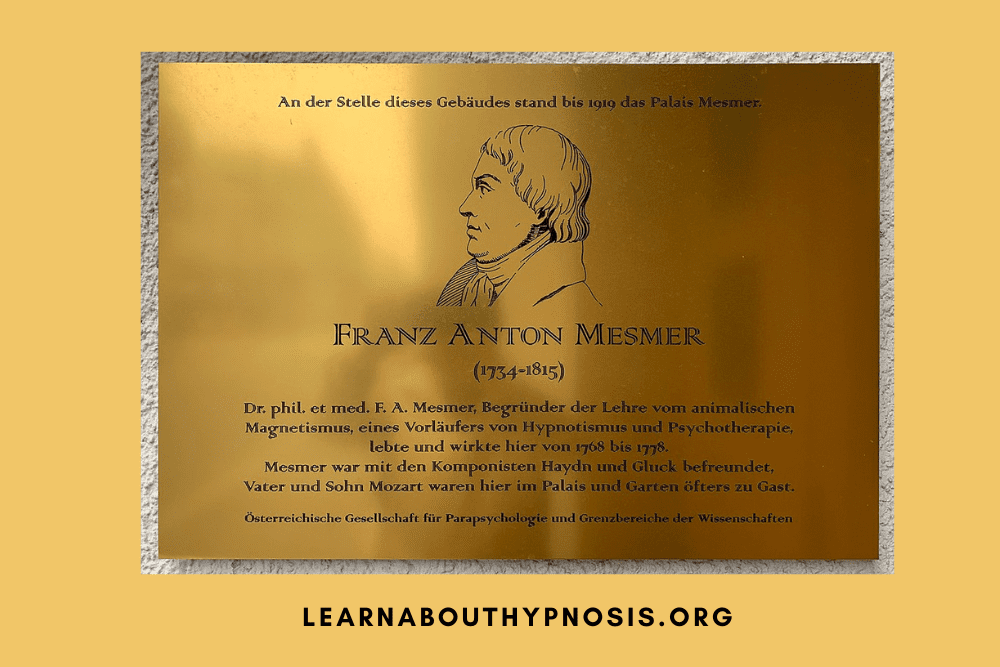
Franz Anton Mesmer – Frequently Asked Questions (FAQs)
